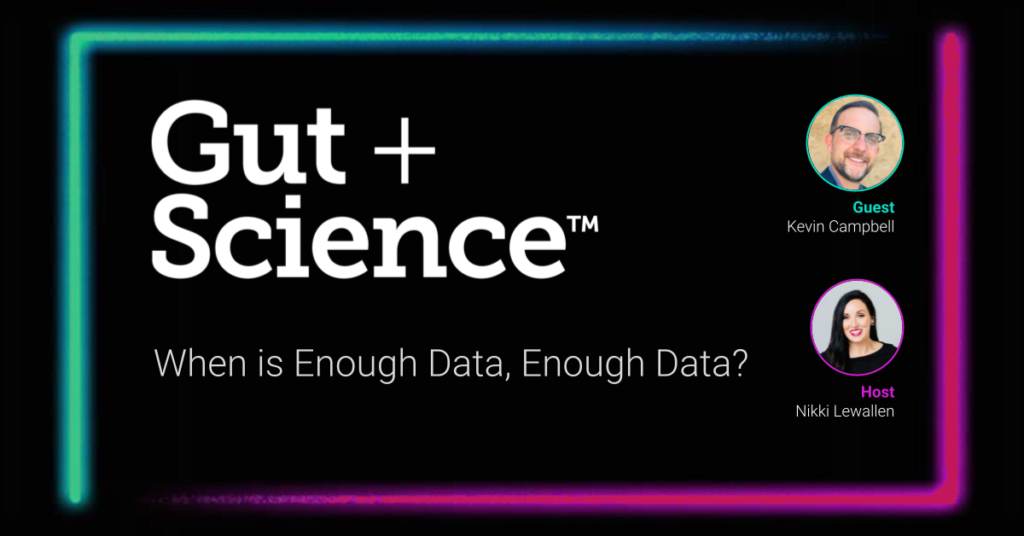Attention people-first leaders! Are you getting clear on what it means to be people-first in practice and then operationalizing the data to get the outcomes you want?
Kevin Campbell is an Employee Experience Scientist at Qualtrics, and in this episode, he explains how data can give organizations the gift of focus. He shares below why your experiences aren’t just defined by what actually happened. Instead, they’re how we feel as a result of that interaction. You’ll learn how to hone employee and customer experience to increase retention as well as understand what pieces of the data you should act on.
Truth You Can Act On
1. Experience is the Outcome of How People Feel
Our experiences aren’t just a list of bullet points of what happened. It’s the way that people felt as a result of that interaction. If you run a cafe and I walk into your cafe and I’m greeted with a warm smile and a happy employee who knows my order, who knows a little bit about my life before I even walk in, and I feel like I have rapport with that person, you’re not tracking that experience with the number of coffees I’ve purchased or the turnover or retention rate of your employees. It’s that piece, it’s the human component of how I feel as a customer and how your employee feels about me and about that workplace when I walk through the door that matters.
2. Define People-First and Its Metrics
Some of the things we think of as soft measures like people-first or experience, can be measured in a quantifiable way. You can measure things like happiness. You can measure things like well-being. You can measure things like engagement, and you can measure things like being people-first. So what does people-first mean to you? Does people-first mean you want to have an inclusive organization where people feel like they belong? Does it mean you have a place where people give extra discretionary effort toward their work? Is it a place where people trust their leaders? What are the three to five main outcomes you want to see in your people? And then think about what will lead to those outcomes.
3. Data Gives the Gift of Focus
Think about everything you’re willing to do to create a more people-first environment. Measure, identify, define, and articulate what it means to be people-first, and then ask your employees, ‘Are you engaged? Do you feel like this is a place of inclusion, belonging, well-being?’ And then test whether or not there are actions you can take. Which of those has the highest correlation with the outcome that you’re looking for? Because I might think it’s all about money, another colleague might think it’s all about benefits, and another colleague might think it’s all about the workplace experience. In the same way, you and I have different drivers of what gets us up in the morning, what makes us want to do our jobs, and what brings us fulfillment, your workforce is going to have a different set of drivers than another workforce. And when you can draw those correlations, you’re able to answer the question for yourself of all the things that you could possibly do, what’s most likely to get you a good return on your investment—the investment of time, the investment of resources—and give you the best return?
4. Act On the Data
It all comes down to the mindset, and part of that mindset is collecting data and acting on it. It’s not scored on a test. It’s the speedometer on your car. It’s information that you use to adjust your behavior. It’s a Fitbit. How many steps you’re taking? If you’re thinking about your people-first outcomes through the lens of health, they’re your KPIs, they’re your outcomes. So what are different metrics you might use for your health? Well, you might have your cholesterol. You might have your resting heart rate. You might have your BMI, but you can’t just will yourself into having better cholesterol numbers. All of those outcome metrics are driven by things like meditation, exercise, diet, and social connection. What data in the workforce will allow you to do the same? Which approach is gonna yield you the best bang for your buck in terms of the actions that you could take? It’s the same thing with people-first data.
Book Recommendation:
Listen to the full episode: Episode 159: When is Enough Data, Enough Data? with Kevin Campbell

